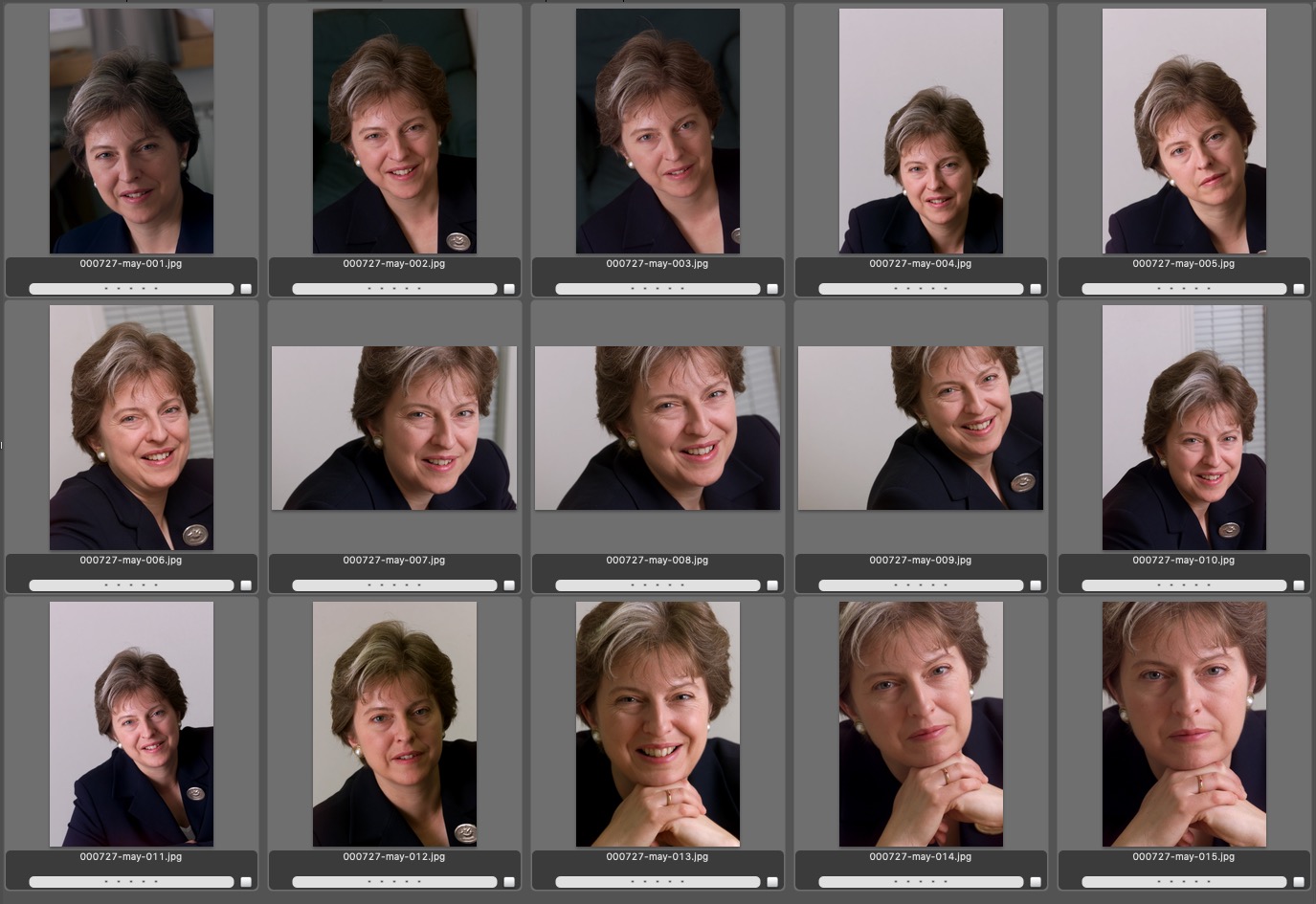 When I went freelance again in the summer of 2008 I knew that having a strong web-based portfolio was going to be important. I had already been publishing websites for over nine years by then so, on day one, I published something that I thought looked good and which was entirely built by me using Dreamweaver. A few days later I made some substantial changes following feedback from friends, colleagues and a couple of clients. For the next six years I made major design updates at least once a year until I switched to Pixelrights in 2014. Between that point and today I had only done one major overhaul because their system offered exactly what I needed and so it feels rather sad to have had to migrate neilturnerphotographer.com to the Adobe Portfolio platform. Welcome to version 9.0 of my folio.
When I went freelance again in the summer of 2008 I knew that having a strong web-based portfolio was going to be important. I had already been publishing websites for over nine years by then so, on day one, I published something that I thought looked good and which was entirely built by me using Dreamweaver. A few days later I made some substantial changes following feedback from friends, colleagues and a couple of clients. For the next six years I made major design updates at least once a year until I switched to Pixelrights in 2014. Between that point and today I had only done one major overhaul because their system offered exactly what I needed and so it feels rather sad to have had to migrate neilturnerphotographer.com to the Adobe Portfolio platform. Welcome to version 9.0 of my folio.
The move has happened because I wanted speed and features that Pixelrights don’t currently offer. I have kept the old site sitting there in the background just in case they leapfrog Adobe again allowing me to swap back. I looked at so many others before opting for the Adobe option and I feel happy that I have the best one for me at this time. It won’t suit others – especially those who have a need for online sales or storage. For me, this is just a shop window and, in that limited way, it really looks like it is going to work. (more…)



 Equipment and my equipment choices tend to evolve pretty slowly. Way back in the 1980s I was using a lot of off-camera flash on location and that meant either owning and running a lot of extension cables with my Elinchrom mains powered units, buying (or renting) a Norman system or using some basic flashguns (the term speed light hadn’t really entered common usage by then, other than as part of a Nikon model name) to do the job. I came across the Lumedyne range (old school) in the mid 1990s, although they had been around for a while by then. Before that I spent many happy years with my cobbled-together battery powered flash kit which was based around the already long-in-the-tooth Vivitar 285 system. I call it a system because there was a ton of accessories that you could get for it and it had some common connections that meant you could pair it up with almost anything you wanted to.
Equipment and my equipment choices tend to evolve pretty slowly. Way back in the 1980s I was using a lot of off-camera flash on location and that meant either owning and running a lot of extension cables with my Elinchrom mains powered units, buying (or renting) a Norman system or using some basic flashguns (the term speed light hadn’t really entered common usage by then, other than as part of a Nikon model name) to do the job. I came across the Lumedyne range (old school) in the mid 1990s, although they had been around for a while by then. Before that I spent many happy years with my cobbled-together battery powered flash kit which was based around the already long-in-the-tooth Vivitar 285 system. I call it a system because there was a ton of accessories that you could get for it and it had some common connections that meant you could pair it up with almost anything you wanted to.

